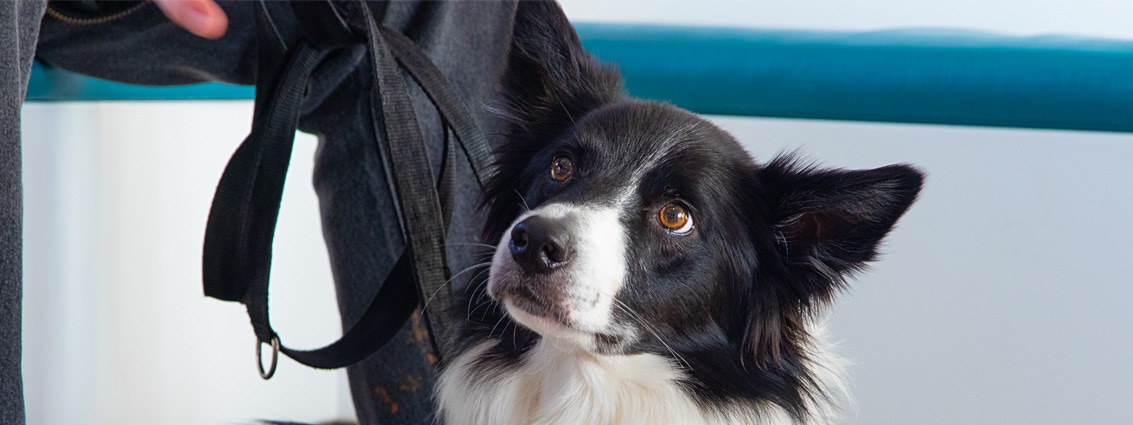What are cataracts?
If you think of the eye as a window – the lens is a bit like the pane of glass you look through, as it allows light into the eye and enables us to see clearly. Our pet’s eyes are the same. If the lens is damaged or becomes cloudy, then it can affect our pet’s ability to see.
This is exactly what happens when your pet develops cataracts. The lens changes from being transparent and pliable to cloudy and hard. This makes it difficult for light to enter the eye and be focused on the retina (this is the back of the eye), which is vital for vision.
How can cataracts affect my pet?
Pets with cataracts can suffer from blurred vision and instead of seeing a clear and crisp picture of the world around them, they see shapes and shadows, or nothing at all (depending on the severity of the cataract). This can be debilitating and can make simple tasks like walking at night, climbing steps and navigating around their home scary and challenging.
In addition, cataracts themselves can cause inflammation in the eye. This is due to the release of lens materials that happens as the cataract forms. The body reacts to this foreign material, triggering an inflammatory response in the eye, which can be very painful for your furry friend.
What causes cataracts to develop?
Cataracts can be caused by:
- Ageing changes.
- Genetics/hereditary.
- Trauma.
- Uveitis (this is when the internal structures of the eye become inflamed).
- Congenital abnormalities (i.e. abnormalities your pet is born with).
- Certain drugs.
- Extreme dehydration.
- Secondary to other health conditions (e.g. diabetes mellitus).
Here is a quick summary of some of the more common causes:
- Ageing. As our pets get older, their lenses will gradually become harder and crystal-like fibres will become more prominent. This causes the lens to become more opaque and this is why older pets often have milky coloured eyes.
- Hereditary/genetic. This is the most common cause of cataracts that we see and they can develop at any age, depending on the breed. The severity of the cataract will also vary, with some not developing beyond the early stages (immature) and others rapidly maturing, causing blindness.
- Diabetes mellitus. In dogs, 100% of those diagnosed with diabetes will develop cataracts (with 80% occurring within the first year after diagnosis). Interestingly, cataracts very rarely affect cats with diabetes.
How can I tell if my pet has cataracts?
You may notice that your pet has become clingier especially at night time and he/she may be more reluctant to stray too far on their walks. They may also bump into objects or walk into doorways.
Physically, you may notice that his/her eyes appear to be almost milky or grey in appearance. If their cataracts have been triggered by another condition, for example, diabetes, they may have other symptoms too.
Can you treat cataracts?
Yes, the good news is we do offer a surgical treatment for cataracts, which is carried out by our resident Ophthalmology expert at our in-house referral service. The technique we use is called Phacoemulsification and is the same process that is used in humans!
This is technique emulsifies the lens fibres so that they become liquefied and can be removed easily by gently sucking them out. An artificial lens is then inserted into the empty lens capsule, restoring clear vision.
Not sure if your pet has cataracts?
If you suspect your pet has cataracts but are unsure, pop in to any of our surgeries and we can give your furry friend a full nose to tail examination and check their eyes. We will also be able to assess them to see whether surgery would be appropriate and if your pet would be a good candidate.

